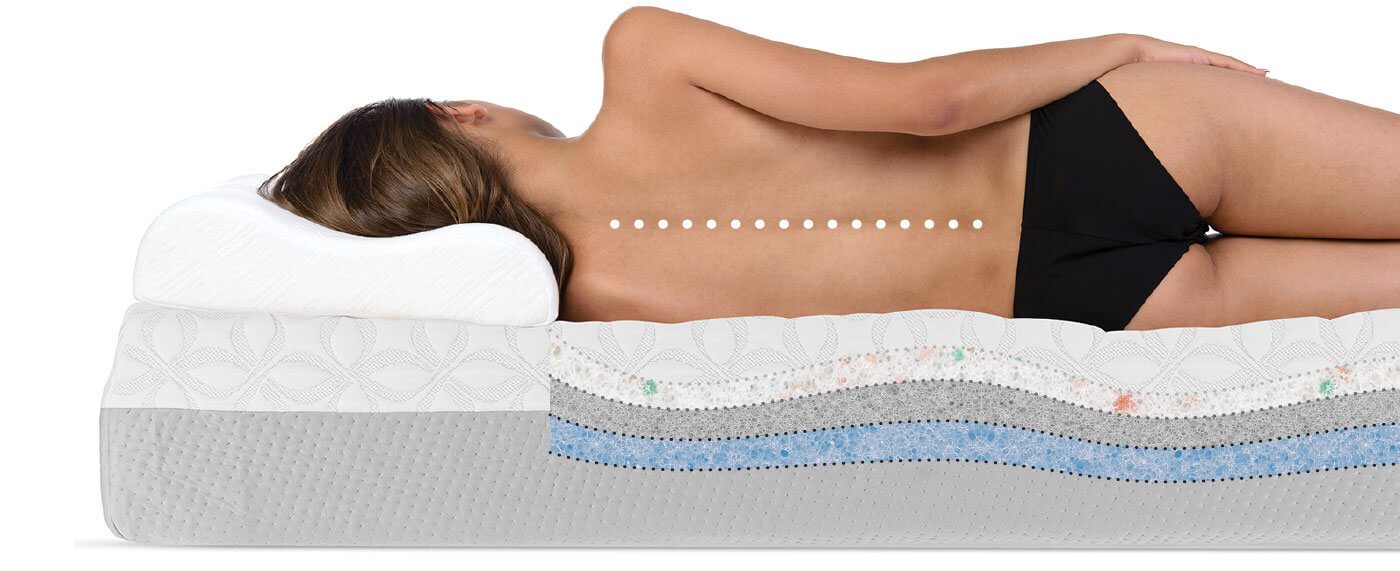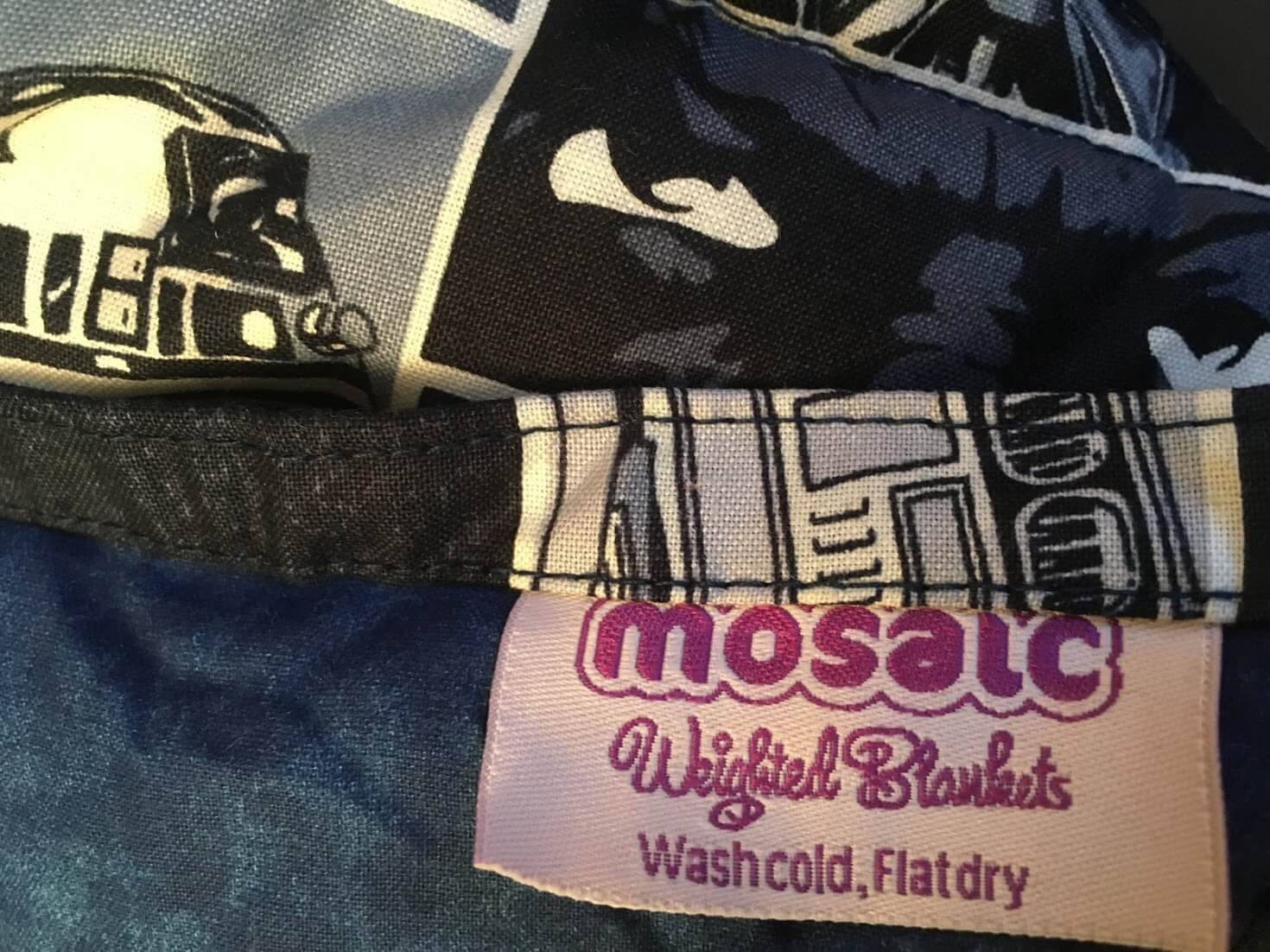Meditation and Sleep: Meditation and Sleep: How Mindfulness Can Improve Sleep Quality and Duration
Research from the United States Centers for Disease Control indicates that a third of American adults regularly fail to get the recommended seven hours of sleep per night. Some of these individuals simply could use an hour or two to catch up, but many others battle full-on insomnia, marked by tossing and turning all night and … Read more




















